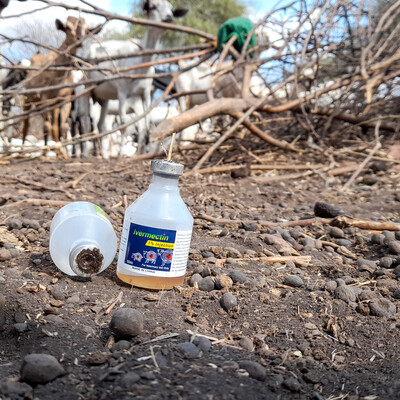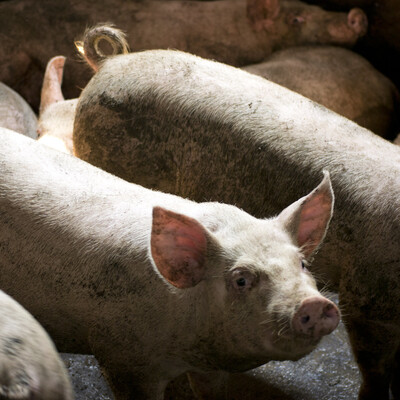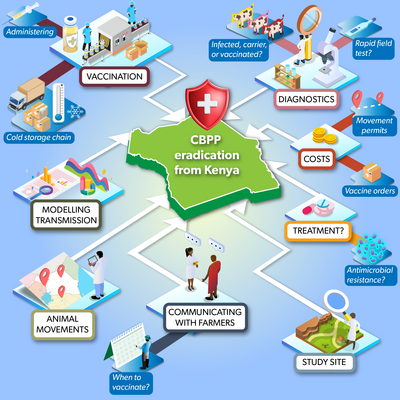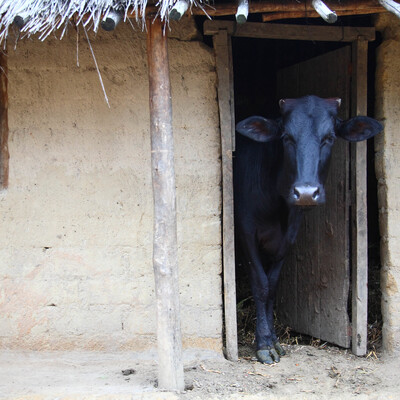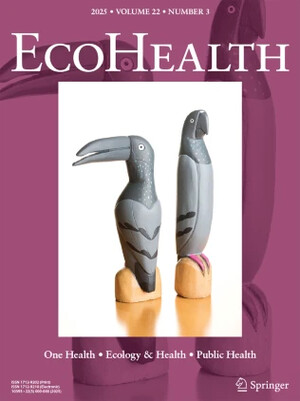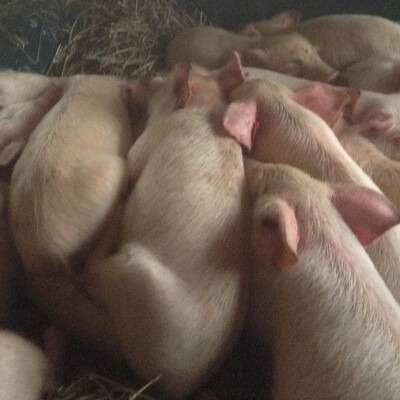
Antimicrobials and improved diagnostics towards integrated control of CBPP
Contagious Bovine Pleuropneumonia (CBPP) is a bacterial pneumonia of cattle in Africa that causes major economic losses to livestock farmers and national governments in affected countries. These arise chiefly from the death of infected cattle and the reduced productivity of those that survive. A feature of the disease is that cattle continue to shed the pathogen for a variable period after they have apparently recovered. These are known as carrier animals and, because of them, animal movement plays a major role in the spread of the disease. As a result, the presence of the CBPP in a country often imposes trade barriers on livestock products. Considerable resources are therefore invested by national governments in attempts to control or eradicate the disease. Control of CBPP is generally the responsibility of the state veterinary services and relies on the use of live attenuated vaccines, which are not available to individual farmers. These are deployed either annually or in the face of outbreaks. However, available vaccines have limited efficacy, and because state veterinary services are often under-resourced, the necessary vaccine coverage is rarely achieved. Farmers therefore often revert to the use of antibiotics to treat cattle that they believe are infected. Unfortunately, there is little information on the efficacy of antibiotics for treatment of CBPP infected cattle and some studies suggest that these interventions have no benefit. In addition, the use of antibiotics in the face of CBPP has been controversial because of the belief that it promotes establishment of the carrier state. Indeed, use of antibiotics for treatment of CBPP is discouraged or banned in most affected countries. Notwithstanding this, the failure of vaccine-based control strategies to limit the spread of CBPP in Africa has led to calls for a re-evaluation of the role of antimicrobials in its control. In addition, mathematical modeling studies have predicted that, used in conjunction with available vaccines, effective antimicrobials would have a high chance of success in eradicating the disease from infected herds. This project will apply advanced pharmacological methods to evaluate three antimicrobial compounds for their efficacy against the CBPP bacterium and develop rational dosage strategies for their deployment as control tools in the field. The project will also develop a diagnostic test capable of recognising cattle in the early stages of infection, using a format
Objectives:
1. To elucidate the effector kinetics of oxytetracycline, tulathromycin and danofloxacin against the causal organism
Mycoplasma mycoides mycoides Small Colony (MmmSC);
2. To model these data with available information on the distribution, metabolism and excretion of the drugs in cattle to
develop rational candidate dosage strategies;
3. To evaluate these strategies in infection trials, monitoring effects on disease progression, transmission and
development of resistance;
4. To identify components of MmmSC targeted by the primary (IgM) antibody response (a proxy for early infection);
5. To develop a prototype slide agglutination assay based on these antigens for evaluation as a point-of-care diagnostic;
6. To incorporate the data on drug efficacy (including those on transmission and resistance) in existing mathematical
models of CBPP transmission to determine revised disease control strategies for consideration by state veterinary
Location: Kenya, South Africa, United Kingdom
Outputs:
The principal beneficiaries of the research will be African farmers affected by CBPP, many of which are entirely dependent on livestock. Milk yield is particularly susceptible to the chronic nature of CBPP, and women manage milk in many of the pastoralist communities where the disease is a problem,. More effective control of CBPP will therefore have specific benefits for women. The work will also benefit state veterinary services charged with controlling the disease at a national level by providing alternative control options for the disease. The potential benefits of CBPP control are high - the costs of the disease in 12 affected countries of sub-Saharan Africa have been estimated at 44.8 million euros, with 30.1 million euros attributed to production losses. Indirect benefits will accrue to national governments through removal of trade barriers to their livestock sectors and overall increase in agricultural productivity. Improved control options and early diagnostic potential will also benefit farmers and state veterinary services in developed countries, where although eradicated, CBPP remains a threat - several outbreaks occurred in Southern Europe in the 1990's.
Contact: Jan Naessens





